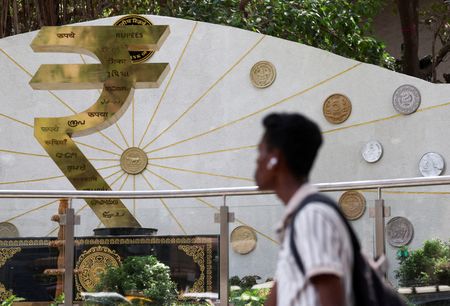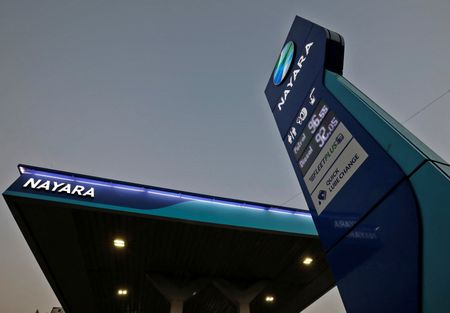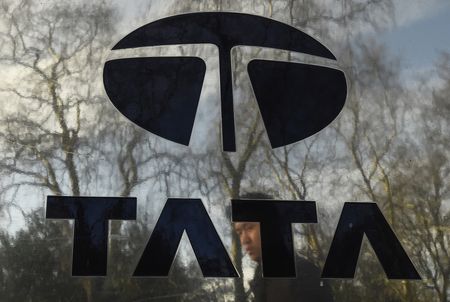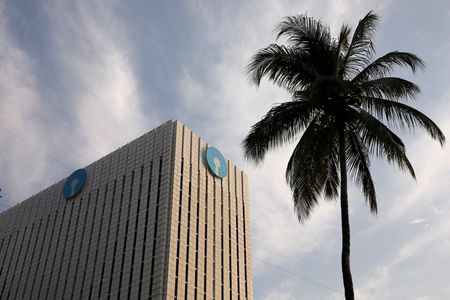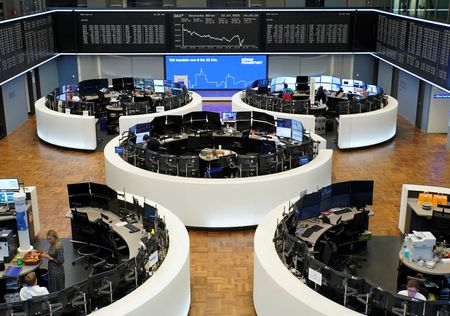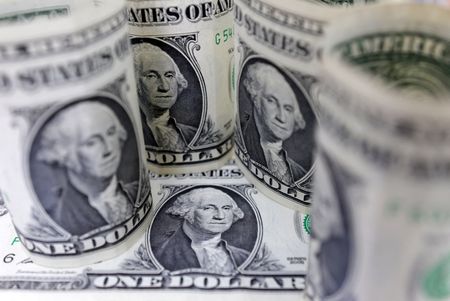By Jaspreet Kalra
MUMBAI (Reuters) – The Indian rupee’s recent fall looks overdone to analysts at Barclays while their counterparts at BofA Global Research reckon that portfolio flows and a weak outlook for the dollar may help the rupee rise over the remainder of the year.
Both hedge funds and real money investors added long positions on the rupee last month, per BofA’s proprietary flow indicators. The firm expects the rupee to strengthen to 84 per U.S. dollar by the final quarter of calendar year 2025.
Barclays, meanwhile, argues the rupee’s decline over recent months is “reaching limits over the short term,” and recommends fading any weakness around 86.50-87.00 levels.
Although the firm sees a near-term limit to the rupee’s decline, it has maintained its view towards INR depreciation in the months ahead.
The rupee is on course to log its third consecutive monthly decline in July and has fallen about 2% from a 6-month peak of 84.58 hit in early-May. On the day, the currency was up 0.1% at 86.33 as of 12:15 P.M. IST.
While a rise in Asian peers helped the rupee strengthen, dollar bids from at least two large foreign banks, likely on behalf of custodial clients, limited the gains, a trader at a mid-sized private bank said.
Analysts at both Barclays and BofA Global Research also pointed out that the rupee’s valuation in terms of both the nominal and real effective exchange rates has declined.
“Given its recent FX competitiveness improvement there is less need for a further near term drop in the currency,” Barclays analysts wrote in the Thursday note.
Data released by the Reserve Bank of India after market-hours on Wednesday showed the rupee’s 40-currency real effective exchange rate (REER) declined to 100.36, the lowest since May 2023.
A REER above 100 indicates overvaluation of a currency while a sub-100 reading indicates undervaluation.
(Reporting by Jaspreet Kalra; Editing by Ronojoy Mazumdar)

